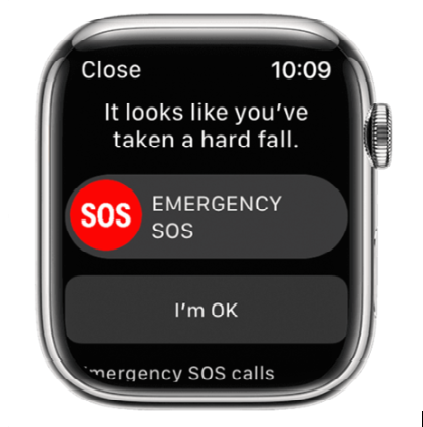And would you want someone listening?
We’re all very used to wearable health technology now: we think nothing of gadgets that read our heart rates, sleep, exercise and much more via a small patch of skin.
The Apple Watch can tell you if you’ve fallen over, in case you hadn’t noticed, and automatically contact emergency services if it detects that you’re immobile for a certain time.

So why should it be any surprise that scientists are trying to do the same with our mental states?
Why should it feel uncanny to know the prospect of continuous emotional monitoring is just round the corner?
Associate Professor Rose Faghih of NYU Tandon School of Engineering has been working on how to track mental activity via electrodermal activity, measured through skin conductance. In a new paper in PLOS Computational Biology she and a co-author describe a model for measuring autonomous nervous system activation, which they have tested on 26 human subjects and demonstrated, they say, high reliability.
(Are we taking their word for this? Yes, look at the name of the journal. Usually The Back Page doesn’t bother to mention that the papers we talk about are far more complex than our superficial summaries imply; in this case, as soon as you’re past the introduction the paper becomes a sheer wall of equations that we could never hope to fake having understood.)
This inference engine, the university says, should allow the real-time tracking of physiological changes brought on by stress, pain, wakfeulness, overwork and so on.
The ultimate goal is something called the Multimodal Intelligent Noninvasive brain state Decoder for Wearable AdapTive Closed-loop arcHitectures, or … wait for it … MINDWATCH.
The team needs an award for the backronym alone.
Professor Faghih’s most recent previous publication was on the use of facial electromyography to measure the valence – as opposed to the intensity – of emotions, with potential applications in “alternative forms of self-therapy by using wearable machine interface architectures capable of mitigating periods of pervasive emotions and maintaining daily wellbeing and welfare”.
Professor Faghih, who is already working on the practical implementation of the skin conductance model into wearables, suggests two potential applications for it: detecting diabetic neuropathy, by monitoring parts of the body prone to peripheral nerve damage and looking for missing signals; and in suicide prevention.
While the latter is an obviously compassionate and worthy aim, The Back Page wonders how many people prone to mental distress would want their mood swings externally and continuously monitored.
In a more everyday application, MINDWATCH “would act as a way to monitor a wearer’s mental state, and offer nudges that would help them revert back to a more neutral state of mind,” the press release says. “For example, if a person was experiencing a particularly severe bout of work-related stress, the MINDWATCH could pick up on this and automatically play some relaxing music.”
This seems like throwing a lot of tech at a solution the human wearer might be able to arrive at themselves, if they thought it would actually work – but this is just the opinion of a mere human brain.
If you see something that makes your skin prickle for reasons you can’t quite put your finger on, tell penny@medicalrepublic.com.au.


